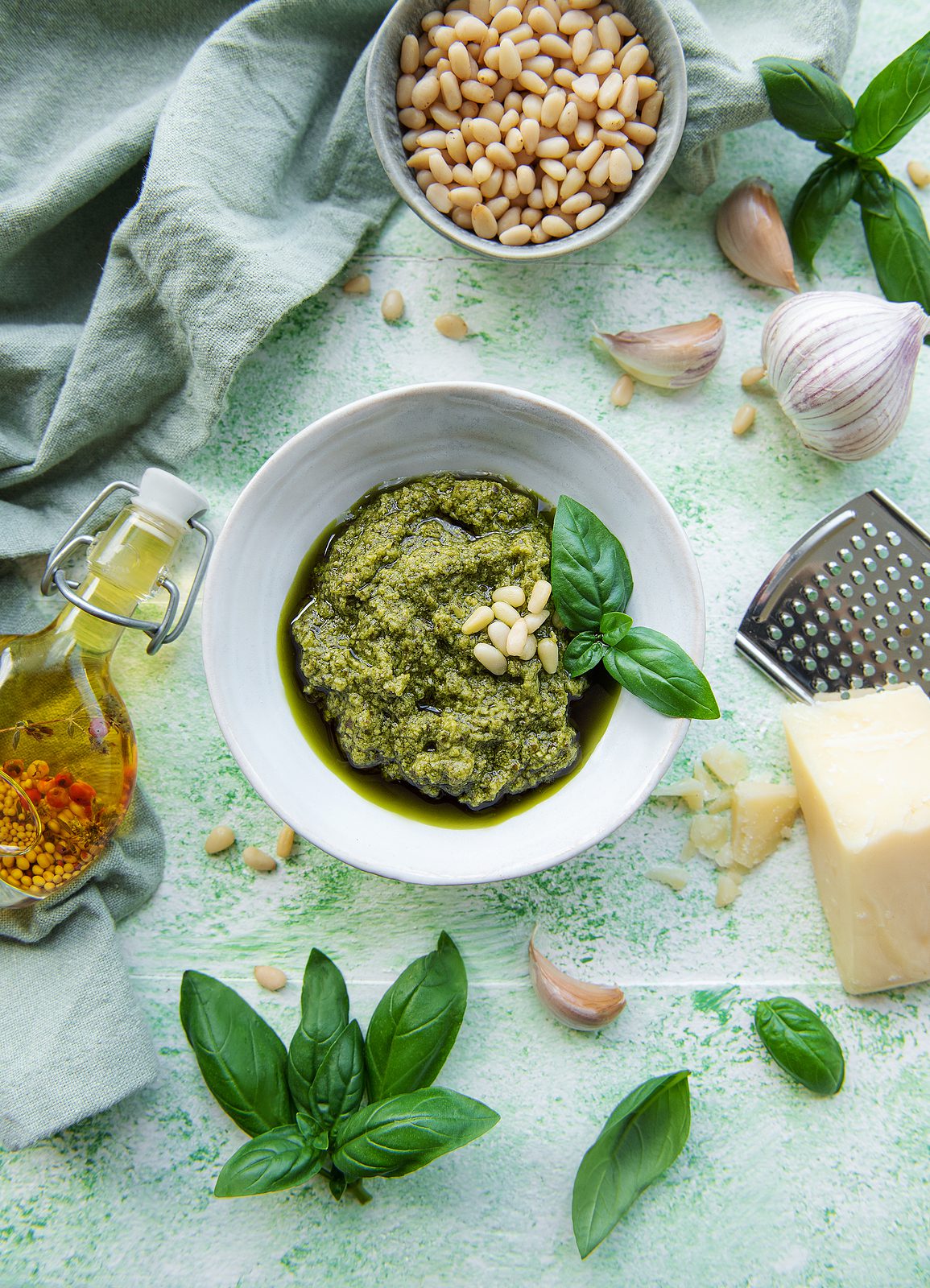
Fat. A macronutrient that strikes fear into many people. However, not all fats are created equal, and fat is essential in our diet. The four main fats included on food labels are trans fats, saturated fats, monounsaturated fats, and polyunsaturated fats.
The healthy fats that are vital in our diet are polyunsaturated and monounsaturated. These have anti-inflammatory properties and improve cholesterol levels, which is contrary to the popular belief that all fats increase the risk for heart disease. Healthy fats can also reduce the risk of heart disease, helps with the absorption of nutrients, and keeps us feeling full and satisfied. Foods that contain these nutritious fats include avocados, nuts, seeds, fish, and olive oil, among others.
Although these fats are important to consume, fats have a smaller serving size compared to other macronutrients given their higher caloric content (fats contain 9 calories per gram, whereas proteins and carbohydrates contain 4 calories each, per gram.). It is important to read the serving sizes and not overindulge because too much of one food is never a good thing! It is recommended to consume up to 10% of your calories from polyunsaturated fat and up to 20% of your calories from monounsaturated fat. In a 2,000-calorie diet, this translates to 22 grams of polyunsaturated fat and 44 grams of monounsaturated fat daily.
While it is important to consume unsaturated fats, trans fats and saturated fats should be limited. The FDA banned trans fats from processed foods in 2018 given the adverse health effects they had on the heart. To limit trans fats at home, try preparing your food by steaming or baking, rather than deep-frying.
Saturated fat, on the other hand, is plentiful and has powerful effects on the body. These fats are solid at room temperature and can increase your LDL cholesterol, classified as the “bad” cholesterol, which will subsequently increase your risk for heart disease, gallstones, and stroke. Foods that are high in saturated fat are animal proteins, full-fat dairy products, processed snack foods, and tropical oils, such as coconut oil and palm oil. The American Heart Association recommends consuming <6% of your total calories from saturated fat. In a 2,000 calorie/day diet this is about 13 grams of saturated fat or 120 calories from saturated fat. When grocery shopping, make sure to check food labels to see the saturated fat content and compare foods to choose items with a high unsaturated fat content and low saturated fat content.
Now that we’ve distinguished healthy fats from unhealthy fats, challenge yourself and your family to find unique ways to incorporate both monounsaturated and polyunsaturated fats into your meals and snacks. A fun recipe that you can customize is pesto! Simply chop up the basil and blend it with pine nuts, garlic, and parmesan cheese, with an abundance of olive oil. Season with garlic powder and a dash of salt. This can be tossed over pasta, topped on chicken, or put on grilled vegetables. The pine nuts and olive oil provide loads of unsaturated fats to keep you satiated and healthy!
If you have additional questions about fat recommendations, want creative ways to increase healthy fats in your diet, or are interested in meeting with me for a 1-on-1 Registered Dietitian session, please reach out to the Merritt Clubs Nutrition & Wellness Department at slively@merrittclubs.com.


